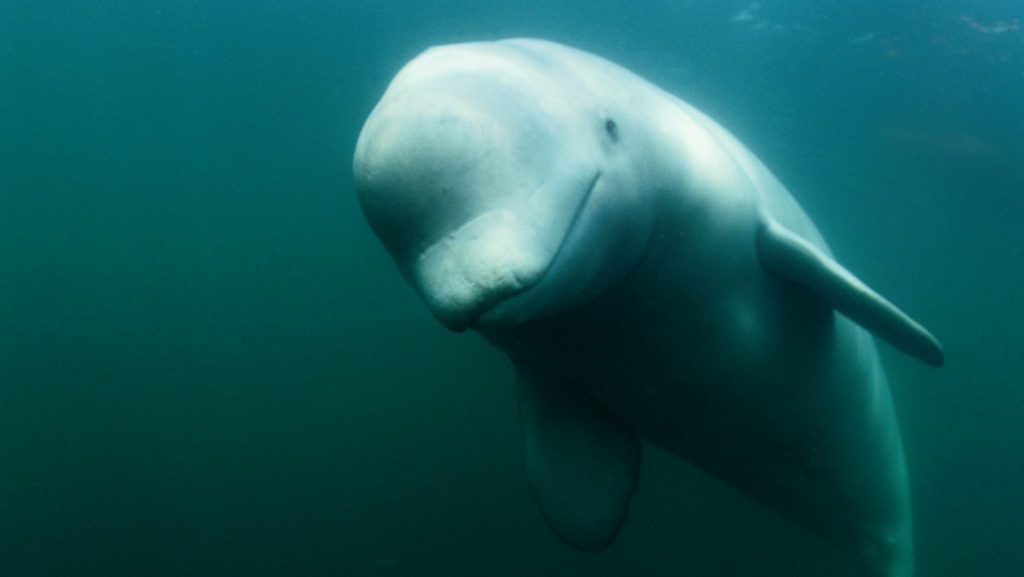Canada’s wildlife are in trouble, WWF-Canada’s new study finds
Canada’s wildlife are in trouble, and those that are declining are suffering deep losses, our new Living Planet Report Canada shows.
Half of monitored vertebrate wildlife species in the study suffered population declines on average, according to the report. Of those, the average decline is 83 per cent since 1970.
In order to stop this terrible wildlife loss, we need to act now: Individually; in our communities; at work; and through our governments.
WHAT WE FOUND
- Mammal populations dropped 43 per cent.
- Amphibian and reptile populations dropped 34 per cent.
- Fish populations declined by 20 per cent.
- Atlantic marine fish populations declined by 38 per cent.
- In Lake Ontario alone, between 1992 and 2014, fish populations declined on average by 32 per cent.
- Birds: While some groups of birds are showing signs of recovery and strength, others aren’t faring as well. Canada’s Living Planet Index found that, on average between 1970 and 2014
- Monitored populations of grassland birds dropped 69 per cent,
- Aerial insectivores fell 51 per cent, and
- Shorebird populations declined by 43 per cent.

Species at risk
The picture for Canada’s federally protected species at risk is also deeply worrisome.
- Since 2002, when the Species at Risk Act became law, until 2014, federally listed at-risk wildlife populations declined by 28 per cent.
- Worse, even with protections, the rate of decline for protected at-risk wildlife appears to have increased from 2002 to 2014 to 2.7 per cent per year, compared with 1.7 per cent per year in the period 1970 to 2002.
HOW TO STOP WILDLIFE LOSS
Half the monitored species in our study are either stable or faring well. As we’ve seen, particularly with raptors and waterfowl, efforts to protect species and their habitats have been beneficial. The science shows that we have the power to make a difference – to stop and even reverse wildlife loss.
We need to ensure wildlife populations don’t get to the at-risk point in the first place. This is a challenge we can all embrace.
Whether it’s an individual planting native species and adopting a low-carbon lifestyle, industry incorporating ecological impact into decision-making while shrinking their footprint, communities making tough land-use decisions and reducing greenhouse gas emissions, or the federal government fully implementing and improving the Species at Risk Act to make it more effective — collectively, we can stop wildlife loss.
Living Planet Report Canada is generously supported by the Patrick and Barbara Keenan Foundation.

